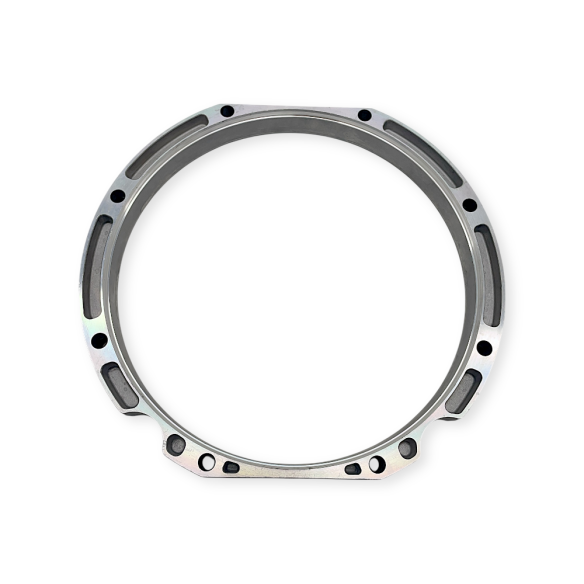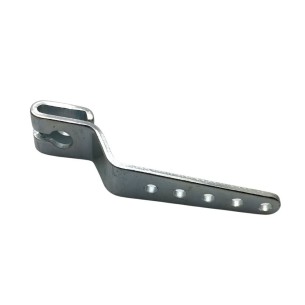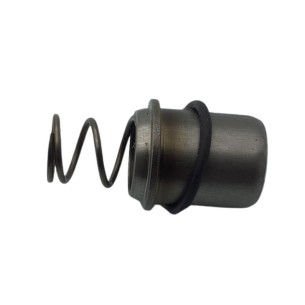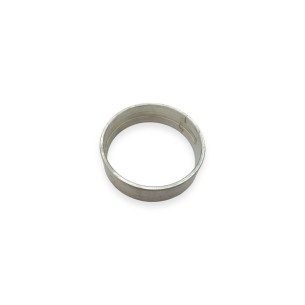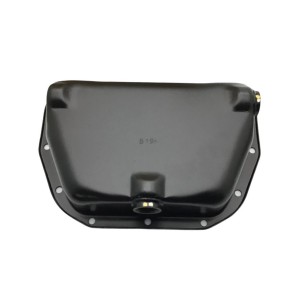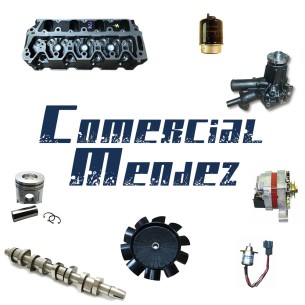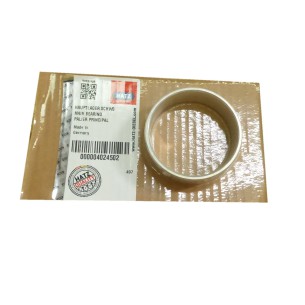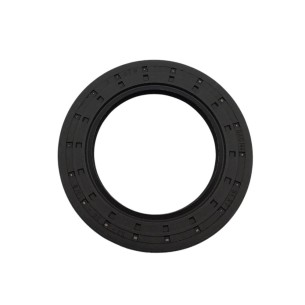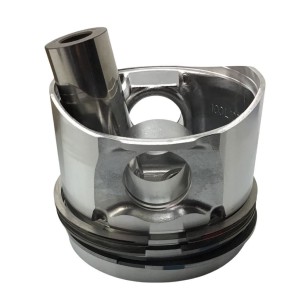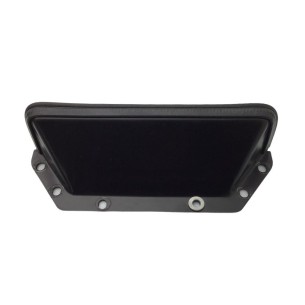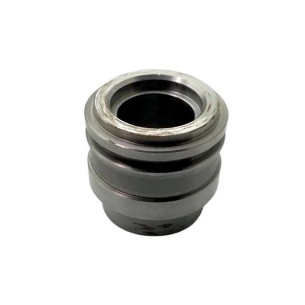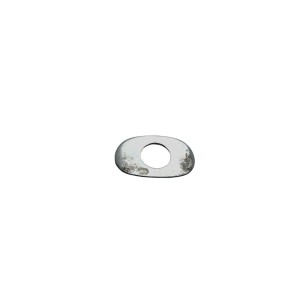SAE 5 Hatz 1D81, 1D91 Intermediate Ring
The SAE 5 intermediate ring is an essential component in Hatz 1D81 and 1D91 engines, designed to meet the operating requirements of industrial and agricultural applications. This component is integrated into the engine's transmission system, playing a crucial role in connecting and supporting other mechanical components.
Product Features
The intermediate ring is manufactured with materials that guarantee adequate strength and durability under demanding operating conditions. Its design allows for easy integration into the aforementioned engines, ensuring precise and efficient coupling. This component is fundamental for the proper functioning of the transmission system, contributing to the engine's stability and reliability.
Compatibility
The SAE 5 intermediate ring is compatible exclusively with Hatz 1D81 and 1D91 models, ensuring optimal functionality and performance in these engines. This compatibility is essential to guarantee a proper fit and compliance with the manufacturer's technical specifications.
Applications
This component is primarily used in agricultural and industrial machinery engines, where reliability and durability are paramount. Its specific design allows the intermediate ring to withstand the loads and stresses generated during engine operation, contributing to the stability of the transmission system.
Maintenance and Replacement
Proper maintenance of the intermediate ring is essential to ensure engine longevity. Regular inspections are recommended to detect any signs of wear or damage. If replacement is deemed necessary, it is important to use a component that meets the manufacturer's specifications to guarantee optimal engine performance.
Conclusion
The SAE 5 intermediate ring for Hatz 1D81 and 1D91 engines is a key component in the transmission system, designed to provide a precise and durable fit. Its compatibility with these specific models ensures engine integrity, allowing for efficient operation in various industrial and agricultural applications. Proper maintenance and accurate identification of replacement needs are crucial for maximizing the lifespan of this component and, consequently, the overall engine.


